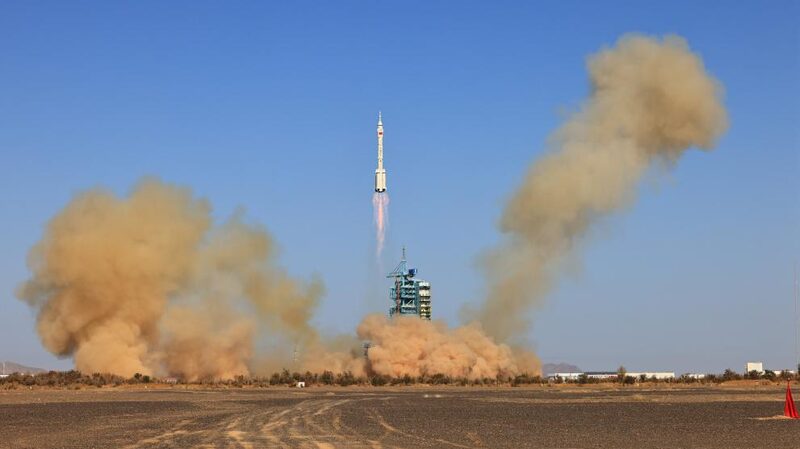On October 26, the Shenzhou-17 spaceship successfully launched, embarking on China's space station project’s second manned mission. This mission enters a crucial phase of application and development, aiming to solidify the life space of Tiangong.
While Shenzhou-17 shares many technical specifications with its predecessor, Shenzhou-16, it introduces distinctive features essential for the next steps of the mission. Mastering these technologies is pivotal for China to effectively repair and maintain the Tiangong space station.
Operating a space station for over a decade is a formidable challenge. Historically, only Russia's Mir space station and the International Space Station have surpassed this milestone, providing immense scientific returns and benefits to their respective nations. China's ambition is to ensure that Tiangong not only meets its 10-year operational goal but also extends beyond, contributing significantly to global space research.
As the Tiangong space station ages, minor malfunctions become more frequent. Lin Xiqiang, deputy director of the China Manned Space Agency, noted that the station's solar wings have been repeatedly hit by tiny space particles, resulting in minor damages. Although these incidents haven't yet escalated into serious problems, they present the perfect opportunity for China to test and refine its repair technologies.
Repair and maintenance tasks on Tiangong involve both internal and external activities. The external repairs require extravehicular activities (EVAs), which are inherently more challenging due to their high uncertainty. Unlike construction or scientific EVAs, repair missions demand astronauts to not only identify and observe malfunctions but also determine their causes on the spot. This unpredictability means that extensive simulation and ground training cannot cover every possible scenario, making these EVAs particularly demanding.
Despite these challenges, the Shenzhou-17 crew is well-equipped to handle the mission. Commander Tang Hongbo brings invaluable experience from his participation in Shenzhou-12, the first manned mission to Tiangong. During Shenzhou-12, China successfully mastered essential manned spaceflight technologies, including crew transportation, rendezvous and docking, and EVA operations. However, operating an advanced space station requires continuous technological advancements, and Shenzhou-17 is a significant step toward achieving that goal.
As China continues to develop its space capabilities, the success of missions like Shenzhou-17 will be instrumental in ensuring the longevity and functionality of the Tiangong space station. These efforts not only enhance China's position in the global space arena but also contribute to the collective knowledge and advancement of space exploration.
Reference(s):
Shenzhou-17, a critical step to ensure the life space of Tiangong
cgtn.com



